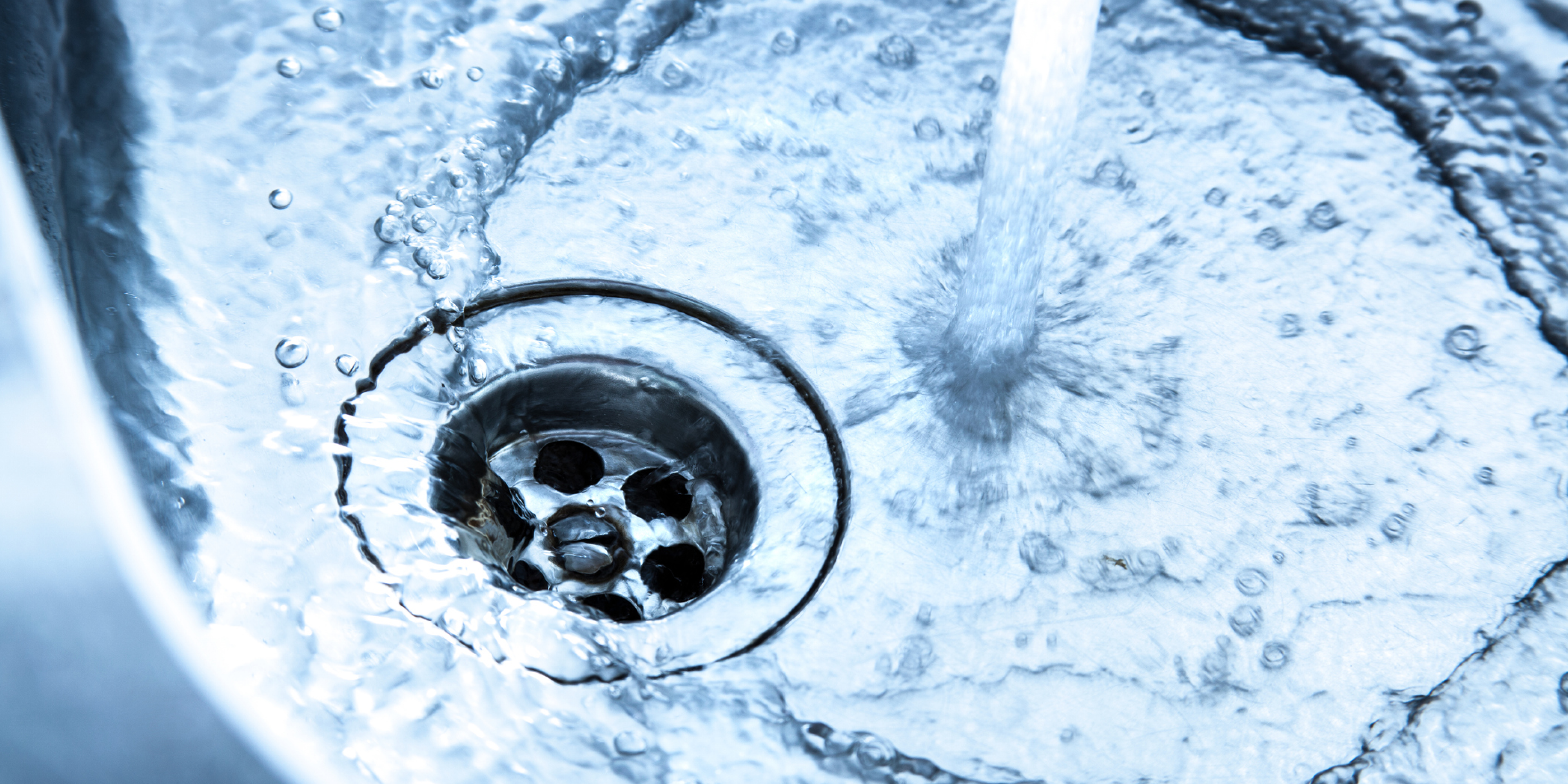How to Dispose of Sodium Hydroxide

Household chemicals like sodium hydroxide can often be flushed down the drain with plenty of water at home. However, this protocol may not comply with waste disposal regulations on a business or laboratory scale operation. This article will explain how to dispose of sodium hydroxide if you are operating as a business or laboratory.
This protocol should help you protect the safety of your workers, the safety of the environment, and keep your business operative legally. However, you should always cross-check with the regulations in your area to be sure you comply.
What is sodium hydroxide?
Sodium hydroxide, or NaOH, is also sometimes called lye or caustic soda. As a basic substance, it is reactive with strong acids or even water. It appears as a white and odorless solid. Alternatively, it can be dissolved in water to create a liquid solution. You may find it sold in both forms.
How is sodium hydroxide used?
Sodium hydroxide is a common ingredient in soaps and drain cleaners, because of its ability to modify fats and lipids. A brief summary of some common applications includes:
- Fuel cells
- Food processing (e.g. vegetable skin removal)
- Drain cleaner
- Soaps/detergents
- Paper production
- Textile processing
- Pickling
- Pharmaceuticals (e.g. anticoagulants, cholesterol medications)
- Water treatment
What are the hazards associated with sodium hydroxide?
Sodium hydroxide is a corrosive substance. It is toxic upon skin contact, ingestion, or inhalation, and will cause immediate damage. Acute exposure to concentrated sodium hydroxide may result in severe burns, permanent organ damage, and even death. Chronic exposure can result in dermatitis (skin inflammation) and lung damage.
When working with sodium hydroxide, wear personal protective equipment. This includes nitrile or latex gloves, a lab coat to cover any exposed skin and splash goggles. Work in a well-ventilated area such as a fume hood to avoid potential inhalation of toxic fumes. Be sure the area is equipped with an eye wash and emergency shower.
If exposure has occurred, immediately remove the victim from the hazardous area. Do not induce vomiting, though you may give the person water to drink in an attempt to dilute the base. If eye contact has occurred, use an eye wash to flush the eyes. If skin contact has occurred, use the emergency shower to cleanse the skin with large amounts of water. Contact medical assistance immediately.
How to dispose of sodium hydroxide
You may need to dispose of sodium hydroxide in the case of expired or excess inventory, or in response to a spill. Sodium hydroxide is hazardous waste and must be contained in a labeled hazardous waste container, separately from incompatible materials. This is true for both solid and liquid sodium hydroxide.
Once the waste is contained and labeled, you can call your hazardous waste company for pick-up. For laboratory and business scale operations, sodium hydroxide should not be poured down the drain. Always check with the specific regulations in your local jurisdiction.
What to do if you spill sodium hydroxide
In the case of a spill, be sure to wear personal protective equipment prior to clean-up. Any personnel involved in clean-up should have been previously trained. Liquid spills can be contained by soaking up the liquid in an appropriate dry material, such as dry sand or earth. Do not attempt to clean up spilled sodium hydroxide using water.
Once the spill has been contained, you can dispose of the sodium hydroxide as detailed above, by calling your hazardous waste company for pick-up.
How to store sodium hydroxide
Sodium hydroxide should be stored in the original, tightly sealed bottle. It is not safe to store sodium hydroxide in a metal container, as it will react to form hydrogen gas, which is flammable and explosive. As a corrosive substance, sodium hydroxide will also eat away at iron, copper, and many plastic materials.
Store sodium hydroxide away from incompatible chemicals, including:
- Oxidizers
- Chlorinated solvents
- Ammonia
- Organic materials
- Strong acids
Furthermore, sodium hydroxide reacts strongly with moisture. It should therefore be stored in a dry and well-ventilated location, away from heat or ignition sources.
Where to restock on sodium hydroxide
When you’ve disposed of your spilled or expired sodium hydroxide, you’re ready to restock on the fresh, high-purity chemicals that keep your business running smoothly. Lab Alley is pleased to provide you with the highest quality sodium hydroxide available. Shop our easy-to-use website to view our competitive pricing. Enjoy our no-hassle order process and speedy delivery.

